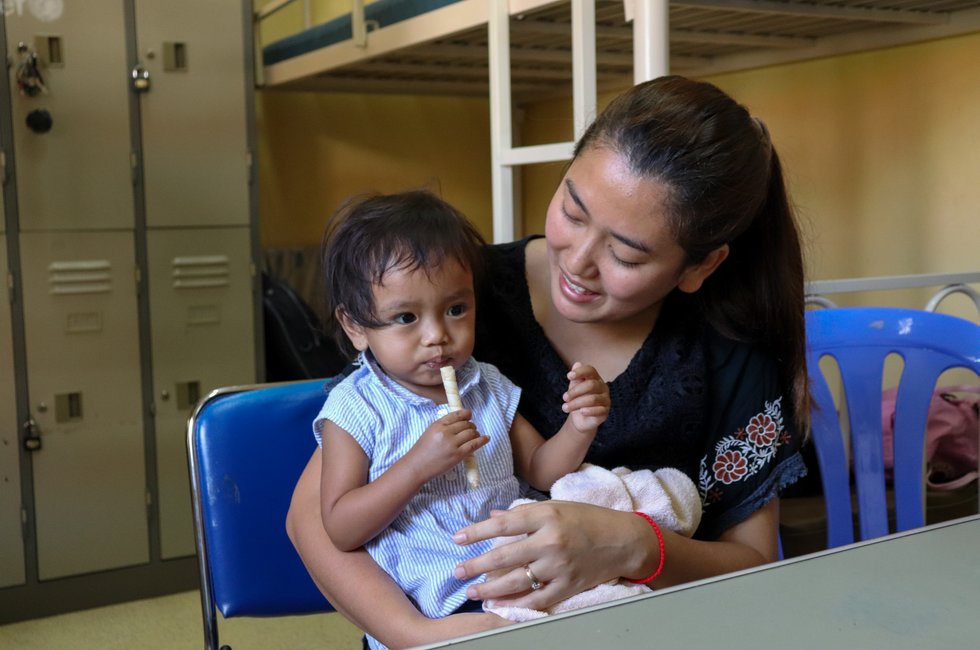On 17 December, UNICEF announced the launch of a new fish-based wafer snack called Nutrix, that can help to treat severe acute malnutrition in children in Cambodia.

Nutrix is developed by UNICEF, the French National Research Institute for Sustainable Development (IRD), Copenhagen University (CU) and Danish Care Foods (DCF), in collaboration with the Royal Government of Cambodia, according to UNICEF.
“The launch of the local production of this innovative therapeutic food marks an important step towards reaching the government’s goal to treat at least 25,000 children with severe acute malnutrition per year,” says H.E. Prof. Mam Bunheng, Minister of Health, Royal Government of Cambodia.
In East Asia and Pacific, over 5 million children under the age of 5 are affected by severe acute malnutrition annually, which is a major cause of death in children under 5, according to UNICEF.
“Ending severe acute malnutrition is challenging and requires social and political will. The Royal Government of Cambodia should be congratulated for prioritizing this issue and for strengthening treatment in all settings. Cambodia joins one of two countries in the region to produce its own ready-to-use therapeutic food,” said Ms. Wivina Belmonte, UNICEF Deputy Regional Director, East Asia and Pacific.
As an affordable snack-like therapeutic food, the Cambodian government can provide Nutrix to treat severe acute malnutrition in children under the age of five in remote and poor communities through local health facilities. It is estimated that in Cambodia, between 60,000 to 90,000 children need specialized medical treatment annually, including therapeutic food.
Danish Care Foods (DCF), a partner company of Vissot Co., Ltd was created to scale up the ready-to-use-therapeutic foods. Danish Care Foods (DCF) mission is to work in producing nutrified products to reach market demands and to provide community support to local NGOs, governments, and institutions in further developing consumer products rich in nutrients.





